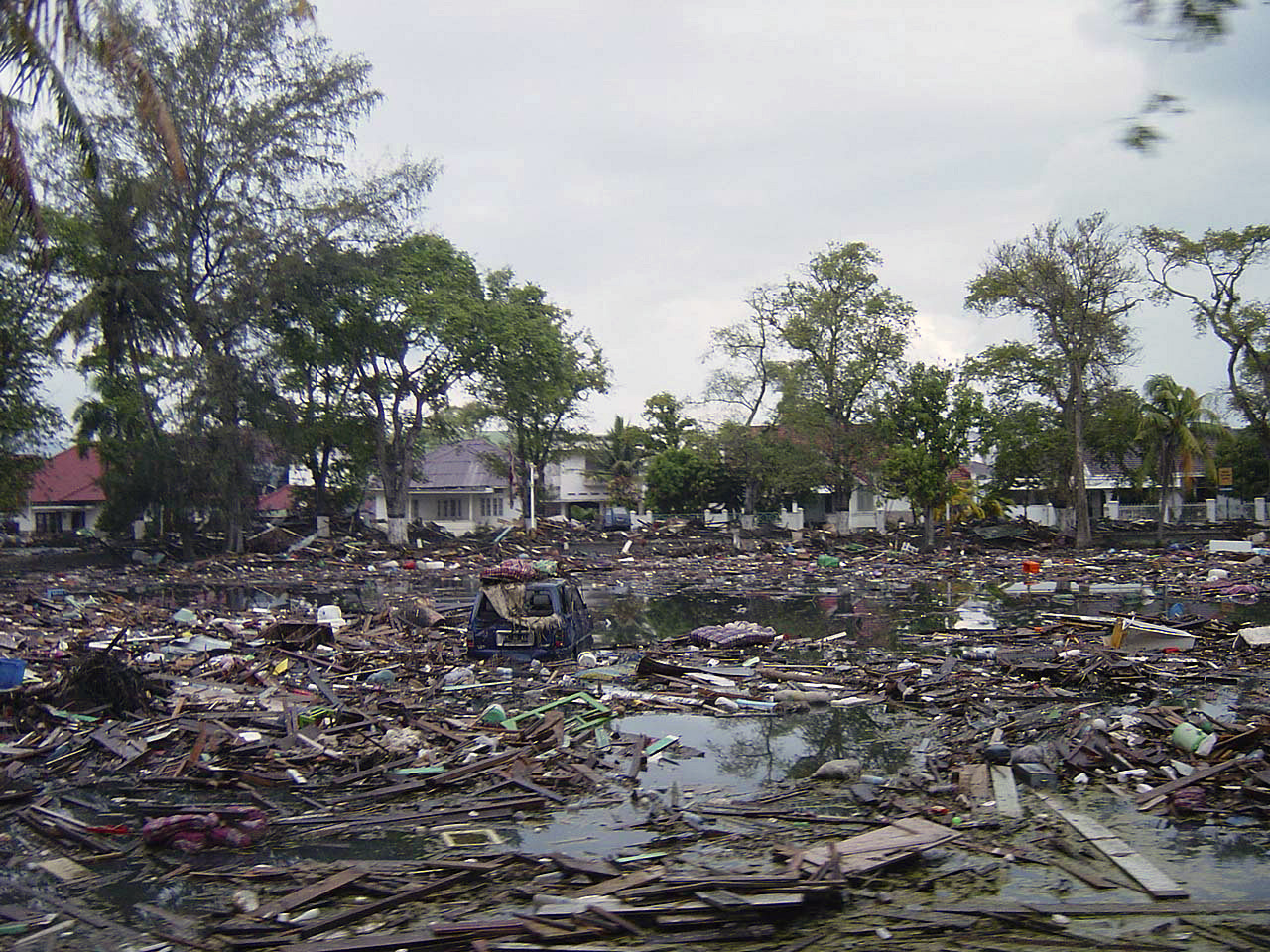The Indonesian meteorology and geophysics agency (BMKG) says early detection tsunami buoys off the coast of Sulawesi have not been working for six years. This resulted in inadequate warnings before rising waters reached the shore.
The network of 22 buoys connected to seafloor sensors were meant to transmit advanced tsunami warnings to the BMKG.
The death toll – currently at 844 – is expected to reach the thousands following a magnitude-7.5 earthquake and tsunami that hit Indonesian cities Palu and Donggala on Friday. It is believed that no Australians are a part of the fatalities.
The National Disaster Mitigation Agency (BNPB) spokesman Sutopo Purwo Nugroho said the detection buoys had not worked since 2012 due to a lack of funding.
“If we look at the funding, it has decreased every year,” he said in a press conference on Sunday.
An international project was launched to improve tsunami warnings after the 2004 Boxing Day tsunami killed 230,000 people in a dozen countries – mostly in Indonesia.
However, internal politics and delays in gaining funding to complete the scheme meant the system hasn’t progressed beyond a prototype.
Efforts are now focused on recovering the bodies of the victims buried under rubble and in areas cut off due to the damage.
In an attempt to reduce the spread of disease, the BNBP has authorised mass burials to proceed as soon as possible.
Many disaster relief and aid agencies are on the ground providing medical care, supplies and assistance to the survivors.
Donate to the victims of Indonesia’s earthquake-tsunami through these trustworthy charities:
For more local donation options, read this article by the Jakarta Post.
Photo: Street in Downtown Banda Aceh by By Michael L. Bak via Wikimedia Commons available here and used under a Creative Commons Attribution.







